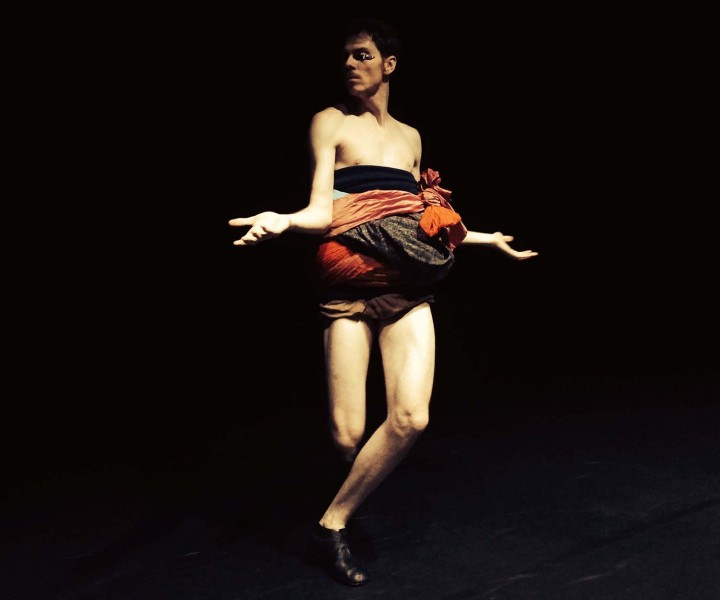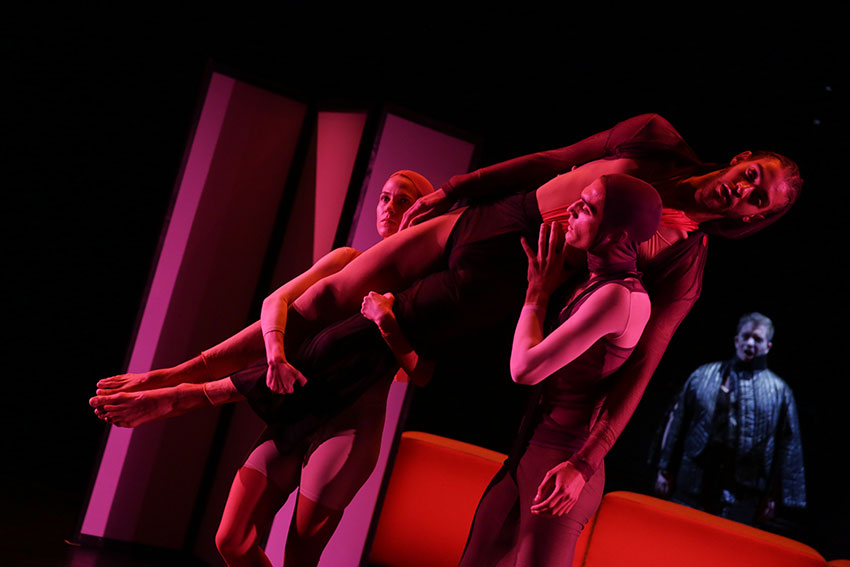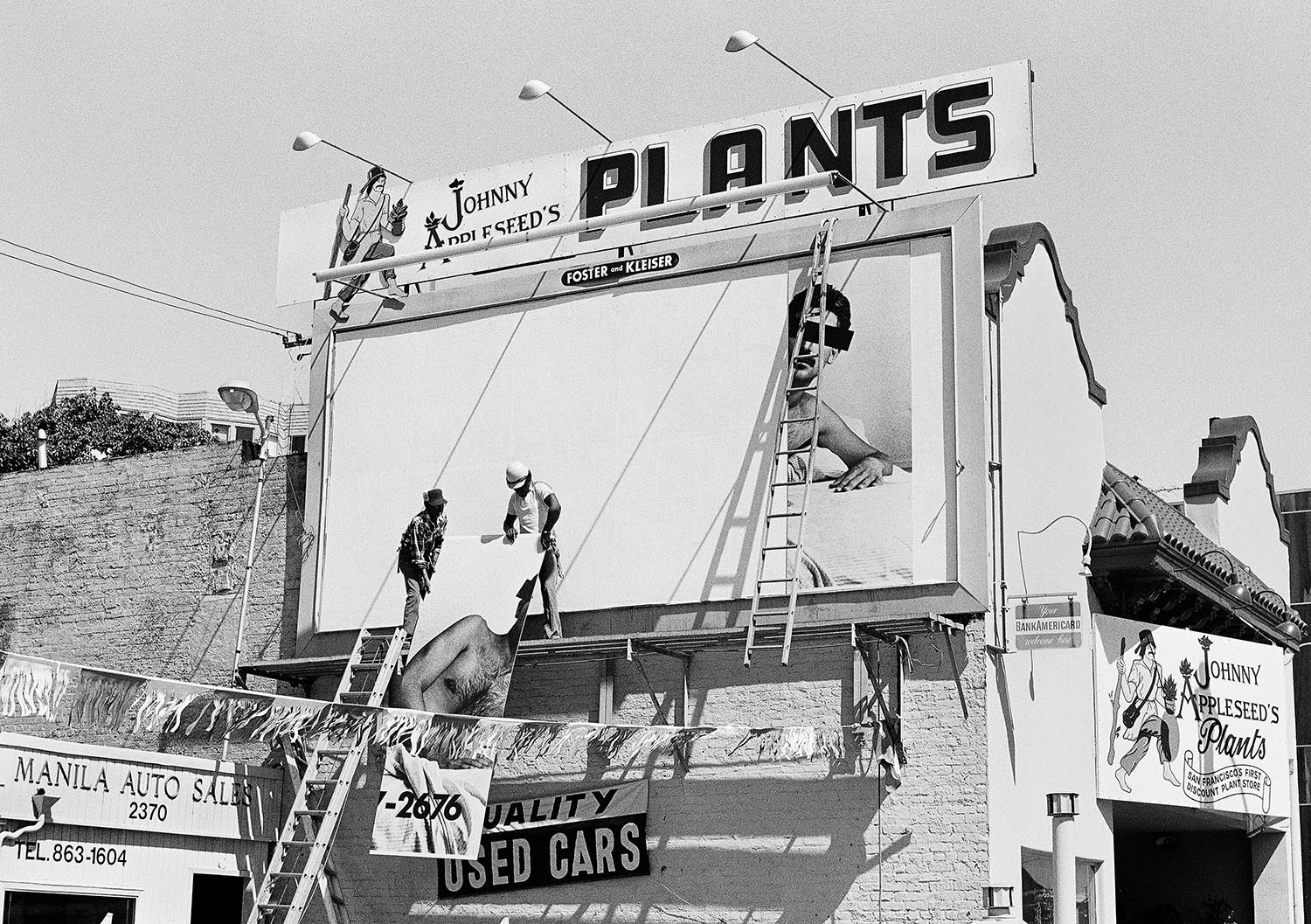Associate curator Charles Aubin discusses the sixth edition of Performa 15 in New York, which gets underway on November 1 and celebrates ten years since the founding edition.
What are the distinguishing features of the Performa biennial?
First is the idea that New York is our playground — or at least a territory that we can explore and then develop projects with artists anywhere in the city. Another point is that we mostly commission new works, so you start the conversation with the artist and then are involved with the artistic development of it, playing different roles, from dramaturge to producer.
How do you go about selecting the ideal space for a work?
We don’t really work in a site-specific way. We start with the artist’s idea and from that we try to find the right space for it — the right frame, I would say, in which to experience the work.
Performa 15 brings together more than thirty artists — including Volmir Cordeiro, Francesco Vezzoli, Robin Rhode, and Heather Phillipson — from twelve countries. Is there a particular trait that unites them?
We work with artists who don’t shy away from using other elements — if they come from dance, from theater, even from cinema — to create immersive and enveloping experiences. These are artists who have a playful use of theatricality.
Previous biennials have paid homage to Futurism and Russian Constructivism. How did you decide to go all the way back to the Renaissance as the “historical anchor” for Performa 15?
We all really jumped at the chance to show that visual artists have always produced live works, even before what we understand as twentieth-century avant-garde performance. It was also a nice way to acknowledge this kind of rebirth of performance in the last ten years, along with the tenth anniversary of Performa.
As part of Performa 15, you’ve curated a program in collaboration with Paris-based Lafayette Anticipation-Fondation d’enterprise Galeries Lafayette,. What are some highlights?
Pauline Curnier Jardin is subverting the theme of the Renaissance and trying to reframe it with a less rational understanding of that era. We’re also working with Erika Vogt, who is going through the experiment of what it means to create a live exhibition on stage. So the building and the dismantling of all the installations and artworks will be part of the performance itself. It’s a way to push what a live exhibition can be, all within the beautiful Roulette theater in Brooklyn.



